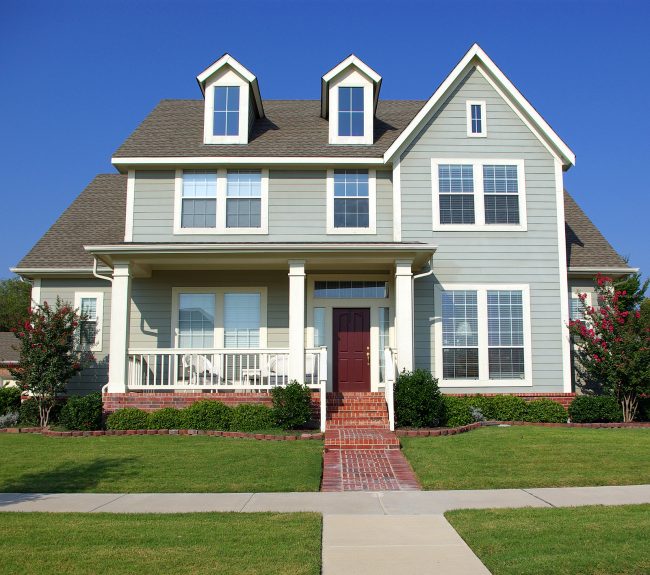Renovating your home is an exciting adventure, full of decisions that will affect your comfort, your wallet, and your home’s resale value. When it comes to the face of your house — your windows — the material you choose is critical. It impacts energy efficiency, maintenance needs, aesthetic appeal, and, in some cases, even your safety.
Detailed Material Comparison
Wood Windows
Wood has been the traditional choice for window frames for centuries, known for its durability, charm, and ability to be painted or stained in a variety of finishes.
Pros:
- Classic Aesthetic: Wood windows provide a warm and inviting look that can add significant beauty to both the interior and exterior of your home.
- Energy Efficiency: Wood is a natural insulator, making it effective in regulating home temperature and potentially reducing energy costs.
Cons:
- Higher Cost: Wood frames are generally more expensive than other materials, due to the cost of the material and the workmanship needed for construction.
- Maintenance Intensive: They require regular painting and sealing to protect against the elements and prevent rot.
Vinyl Windows
Vinyl is one of the most popular window frame materials due to its low cost, low maintenance, and energy efficiency.
Pros:
- Affordability: Vinyl windows are generally the most cost-effective option.
- Low Maintenance: They are highly resistant to moisture, meaning they won’t rot, corrode, or degrade.
Cons:
- Limited Aesthetic Customization: While available in many colors, they cannot be repainted, and customizing can be more challenging.
- Less Environmentally Friendly: The manufacturing process of vinyl frames can be less sustainable.
Aluminum Windows
Aluminum frames are known for their strength and slim profiles, which make them a popular choice for modern and industrial-style homes.
Pros:
- Strength and Durability: Aluminum frames are exceptionally strong and do not weaken or degrade over time.
- Narrow Sightlines: They offer more glass and less frame, providing unobstructed views.
Cons:
- Thermal Conductivity: Aluminum is not a good insulator, meaning it can lead to heat and cooling loss.
- Condensation Issues: In some climates, the frames can be prone to condensation, leading to potential issues with mold and mildew.
Fiberglass Windows
Fiberglass is a relatively new option for window frames, but its durability and high-performance ratings are quickly making it a popular choice.
Pros:
- Strength and Low Maintenance: Fiberglass is robust and requires very little maintenance.
- Thermal Efficiency: It expands and contracts very little with temperature changes, making it highly efficient.
Cons:
- Cost: Fiberglass windows can be quite expensive compared to other options.
- Availability: They may not be as readily available as wood or vinyl options.
Window Material Maintenance
Each window material has a different level of maintenance, which is important to consider before making your choice.
Wood Windows: Require regular painting and sealing to protect them from the elements and maintain their aesthetic appeal.
Vinyl Windows: Can be cleaned with simple soap and water. They are highly resistant to moisture and damage from insects.
Aluminum Windows: Are also low maintenance, but you should ensure that the paint, if applied, is in good condition to prevent corrosion.
Fiberglass Windows: Generally require the least maintenance, often just a regular cleaning with household cleaners.
Aesthetic Appeal
Your new windows will be a prominent feature, so aesthetics should not be overlooked.
Wood Windows: The classic look of wood is coveted by many homeowners for its warmth and charm. It offers the broadest range of colors and finishes.
Vinyl Windows: Available in a variety of colors, although they cannot be repainted. They offer a consistent look over time, as the color is often integrated into the material.
Aluminum Windows: Typically found in a more limited color palette, though their slim profiles allow for a more extensive glass area, which can be appealing in certain settings.
Fiberglass Windows: Also available in various colors and finishes, with the added bonus of being customizable with certain types of paint.
Comparing window materials is a thorough process that requires research and consideration. By taking into account the factors we’ve discussed, you’ll be well on your way to selecting the perfect material that will not only enhance the beauty of your home but also provide lasting functionality and value.

